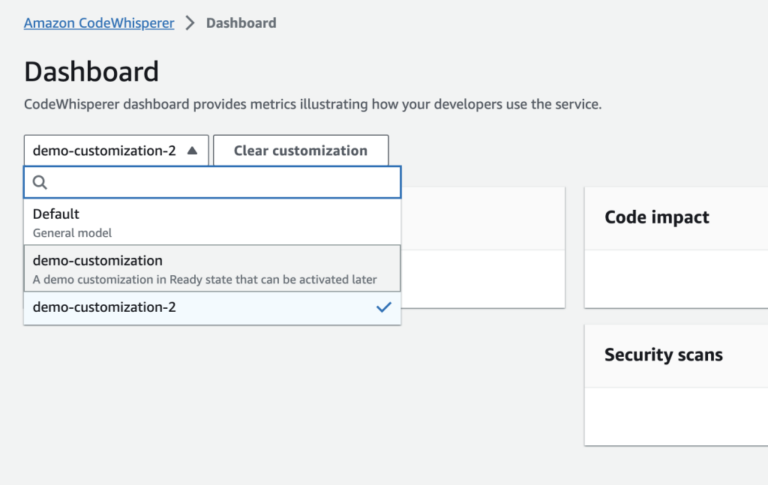
The global COVID-19 pandemic has accelerated changes in many industries. One of the most impacted was the pharmaceutical sector that had to reimagine business processes and rapidly adopt new technologies. It’s yet another example where applying cloud computing had become a strategic imperative.
Today, next-generation pharma concepts are fueling ongoing innovation. In particular, the industry’s unique characteristics are driving investments in digital Transformation by forward-looking pharmaceutical manufacturers.
According to the latest worldwide market study by ABI Research, digital factory revenue will top $4.5 billion in 2030 with spending by pharma manufacturers on data analytics forecast to grow by a 27 percent CAGR and reach $1.2 billion in 2030, as these companies evolve to boost productivity.
Pharma digital transformation market development
That said, the industry’s competitive dynamics require pharmaceutical firms to optimise their production lines to maximise yield for the time a drug has patent protection. After patents expire, generics companies will produce similar products.
According to the ABI assessment, the utilisation of data analytics can support each type of effort to increase yield. Moving from manufacturing drugs and vaccines in batches, to optimising the manufacturing process with ‘continuous production’ can dramatically increase yields.
“But the active pharmaceutical ingredients are susceptible to changes in their immediate environment. The batch must be scrapped if the condition of the ingredients or formulation falls outside accepted parameters,” says Michael Larner, principal analyst at ABI Research.
Therefore, pharma manufacturers can choose to invest in analytics that aid in the development of ‘digital twins’ of their operations, so that they can prepare their production lines for more predictable continuous manufacturing.
Another digitisation focus for pharmaceutical firms is to remove paper recordkeeping. “Collecting and storing data via paper-based processes risks reducing productivity and increases the likelihood that errors happen on the production line due to administrative errors,” Larner points out.
FDA 21 CFR Part 11 is one way the U.S. Food and Drug Administration is encouraging the adoption of digital technologies by publishing the criteria for submitting electronic records to the organisation and the treatment of electronic signatures.
The prevalence of paper records illustrates the progress yet to be made by pharmaceutical firms regarding digital transformation. ABI Research has offered a five-stage ‘digital maturity’ model, outlining the progress made and steps required by drug manufacturers to optimise their operations.
Larner explains, “Currently, pharmaceutical manufacturers are at Stage 2 in that they have modern factory but lack foresight and struggle to adjust production, or Stage 3 where they have started to implement digital transformation but lack expertise reconfiguring production lines.”
In the coming decade, many firms will upgrade their existing facilities or build new ‘greenfield’ manufacturing sites, and their operations will be digitally transformed (Stage 4) or operate without humans on-site (Stage 5). A notable example of advanced manufacturing facilities is Sanofi’s digitally-enabled, continuous manufacturing facility in Framingham, Massachusetts where all processes are paperless with plant operators using digital collaboration tools, data analytics, and Augmented Reality (AR) solutions so they can make decisions and adjustments in real-time.
Outlook for digital transformation in pharma
ABI analysts say that there is already a myriad of suppliers helping the pharma industry to digitise and optimise processes by moving from the pre-digital stage (Stage 1) to connecting their manufacturing plants (Stage 3).
Moreover, I believe that the introduction of advances within the Internet of Things (IoT) arena — and the introduction of fifth-generation (5G) wireless infrastructure and cloud edge computing solutions — will enable the development of automated production processes and eventually new business models.
It’s estimated that the COVID-19 pandemic has already fast-forwarded the digital transformation of the pharma industry by more than five years. Cloud computing and cloud-based IT security solutions helped CIOs and CTOs to adopt ‘remote working’ and perform decentralised clinical trials of vaccines.
Indeed, the path ahead for continued progress looks bright. And, I’m encouraged by these latest research findings. I’ll share more insights on this topic as they’re announced by the leading industry analysts.
Photo by freestocks on Unsplash

Want to find out more about topics like this from industry thought leaders? The Cloud Transformation Congress, taking place on 13 July 2021, is a virtual event and conference focusing on how to enable digital transformation with the power of cloud.







